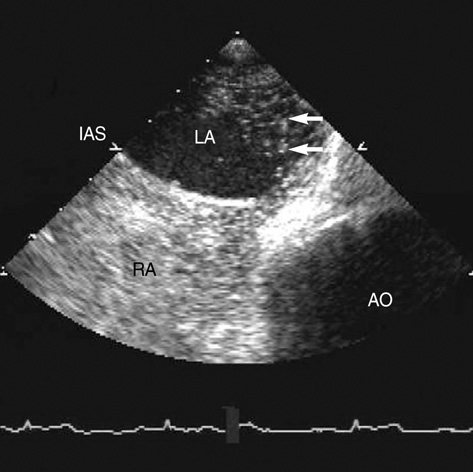J Korean Med Sci.
2007 Dec;22(6):1071-1073. 10.3346/jkms.2007.22.6.1071.
Paradoxical Air Embolism during Percutaneous Nephrolithotomy: A Case Report
- Affiliations
-
- 1Department of Urology, CHA General Hospital, College of Medicine, Pochon CHA University, Seoul, Korea.
- 2Department of Urology, Asan Medical Center, University of Ulsan College of Medicine, Seoul, Korea. thpark@amc.seoul.kr
- KMID: 1785772
- DOI: http://doi.org/10.3346/jkms.2007.22.6.1071
Abstract
- Air embolism is a rare complication of percutaneous nephrolithotomy. Patent foramen ovale, which is necessary in fetal circulation, is a potential route for emboli arising from the venous system to enter the systemic arterial circulation, resulting in paradoxical air embolism syndrome. A case of paradoxical air embolism during percutaneous nephrolithotomy is presented. To our knowledge, this is the first report of paradoxical air embolism associated with patent foramen ovale during percutaneous nephrolithotomy.
MeSH Terms
Figure
Reference
-
1. Lee JY, Jo YS, Na SJ, Lee KE, Kim YD. A case of cerebral air embolism after removal of subclavian venous catheter. J Korean Neurol Assoc. 2005. 23:712–714.2. Kwon SC, Kang IG, Kim TW, Kang SC, Won S, Park JK. A case of air embolism during diagnostic hysteroscopy. Korean J Obstet Gynecol. 2001. 44:1922–1926.3. Hobin FP. Air embolism complicating percutaneous lithotripsy. J Forensic Sci. 1985. 30:1284–1286.4. Miller RA, Kellett MJ, Wickham JE. Air embolism, a new complication of percutaneous nephrolithotomy. What are the implications? J Urol (Paris). 1984. 90:337–339.5. Varkarakis J, Su LM, Hsu TH. Air embolism from pneumopyelography. J Urol. 2003. 169:267.
Article6. Lopez FA, Dalinka M, Doboy JG. Pyelovenous backflow. Fact, fallacies and significance. Urology. 1973. 2:612–614.7. Pyron CL, Segal AJ. Air embolism: a potential complication of retrograde pyelography. J Urol. 1983. 130:125–126.
Article8. Wilmshurst PT, de Belder MA. Patent foramen ovale in adult life. Br Heart J. 1994. 71:209–212.
Article9. Turley AJ, Thambyrajah J, Clarke FL, Stewart MJ. Paradoxical embolism through a patent foramen ovale: an unexpected complication of tracheal extubation. Anaesthesia. 2005. 60:501–504.
Article10. Droghetti L, Giganti M, Memmo A, Zatelli R. Air embolism: diagnosis with single-photon emission tomography and successful hyperbaric oxygen therapy. Br J Anaesth. 2002. 89:775–778.
Article11. Yeung CK, Sihoe JD, Borzi PA. Endoscopic cross-trigonal ureteral reimplantation under carbon dioxide bladder insufflation: a novel technique. J Endourol. 2005. 19:295–299.
Article12. Alp N, Clarke N, Banning AP. How should patients with patent foramen ovale be managed? Heart. 2001. 85:242–244.
Article
- Full Text Links
- Actions
-
Cited
- CITED
-
- Close
- Share
- Similar articles
-
- Prolonged paradoxical air embolism during intraoperative intestinal endoscopy confirmed by transesophageal echocardiography: A case report-
- Massive Paradoxical Air Embolism in Brain Occurring after Central Venous Catheterization: A Case Report
- A Case of Impending Paradoxical Embolus in a Patient with Acute Pulmonary Embolism
- Multiple cerebral infarction and paradoxical air embolism during hepatectomy using the Cavitron Ultrasonic Surgical Aspirator: A case report
- A Case of Successful Transcatheter Device Closure of Small Atrial Septal Defect in a Patient with Cerebral Infarction Presumably Caused by Paradoxical Emboli



